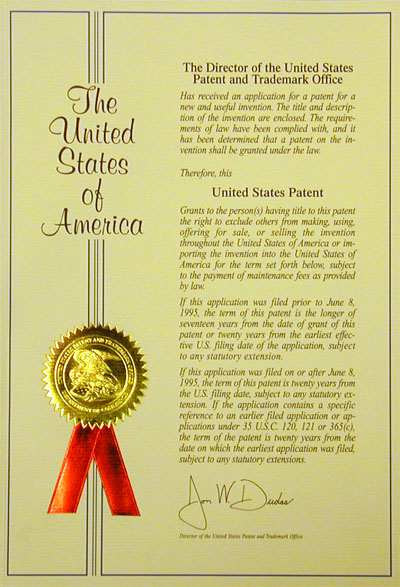Rob McInnes is a Partner at Dibbs Barker in their Intellectual Property Group. He advises established businesses, start-ups, research organisations,...
Investor
Tony Brown is the Managing Director of Supertrac a corporate advisory firm with 8 offices across Australia...

